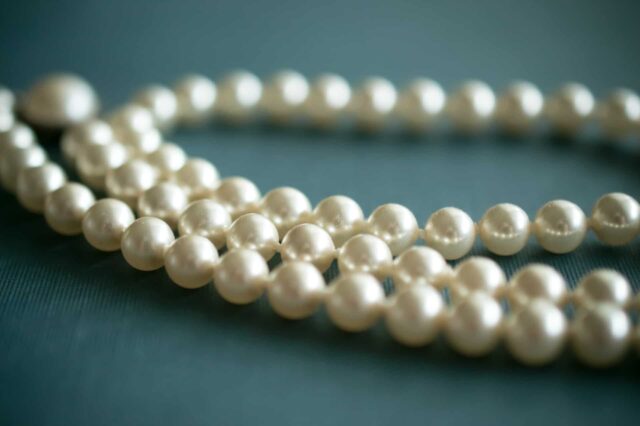From the ancient kingdoms of Egypt and China to the glamorous necklines of Hollywood’s elite, pearls have graced cultures around the globe for millennia. These lustrous gemstones, born from the heart of oysters, carry tales of mystery, elegance, and timeless beauty. In this guide, we’ll delve deep into the mesmerizing world of pearl jewelry, exploring its historical significance and the contemporary trends that continue to enchant jewelry enthusiasts worldwide.
The Basics: Understanding Pearls
Dive into the essence of pearls, nature’s radiant gems. Discover the distinction between natural and cultured varieties, acquaint yourself with diverse pearl types from different regions, and grasp the nuances of pearl grading that determine value and allure.
Natural vs. Cultured Pearls
Natural pearls are formed without any human intervention, a rarity that often carries a hefty price tag. These gems are the result of a small irritant, like a grain of sand, entering an oyster. To protect itself, the oyster secretes layers of nacre around the irritant, eventually forming a pearl.
On the other hand, cultured pearls, which dominate the market today, are formed when humans introduce an irritant into the oyster, ensuring pearl production. While natural pearls are often irregular in shape due to the randomness of the process, cultured pearls tend to be more consistent in shape and size.
Types of Pearls
Each pearl type has its unique charm. Akoya pearls, primarily from Japan, are known for their perfect round shape and mirror-like luster. Freshwater pearls, often sourced from China, can be found in various shapes and colors.
Tahitian pearls, with their dark, exotic colors, hail from the waters of French Polynesia. The South Sea pearls, grown in the waters of Australia, Indonesia, and the Philippines, are the largest and often the most expensive, known for their soft, satiny luster.
Pearl Grading
When investing in pearls, it’s vital to understand their grading. Size matters, but it isn’t the only factor. The shape, with perfectly round pearls being the most sought-after, plays a significant role. Luster, the shine and reflection of the pearl, determines its quality and value. Surface quality refers to the blemishes or irregularities present, while color ranges from white and cream to gold and black, with some hues being rarer and more valuable than others.
The Modern Evolution of Pearl Jewelry
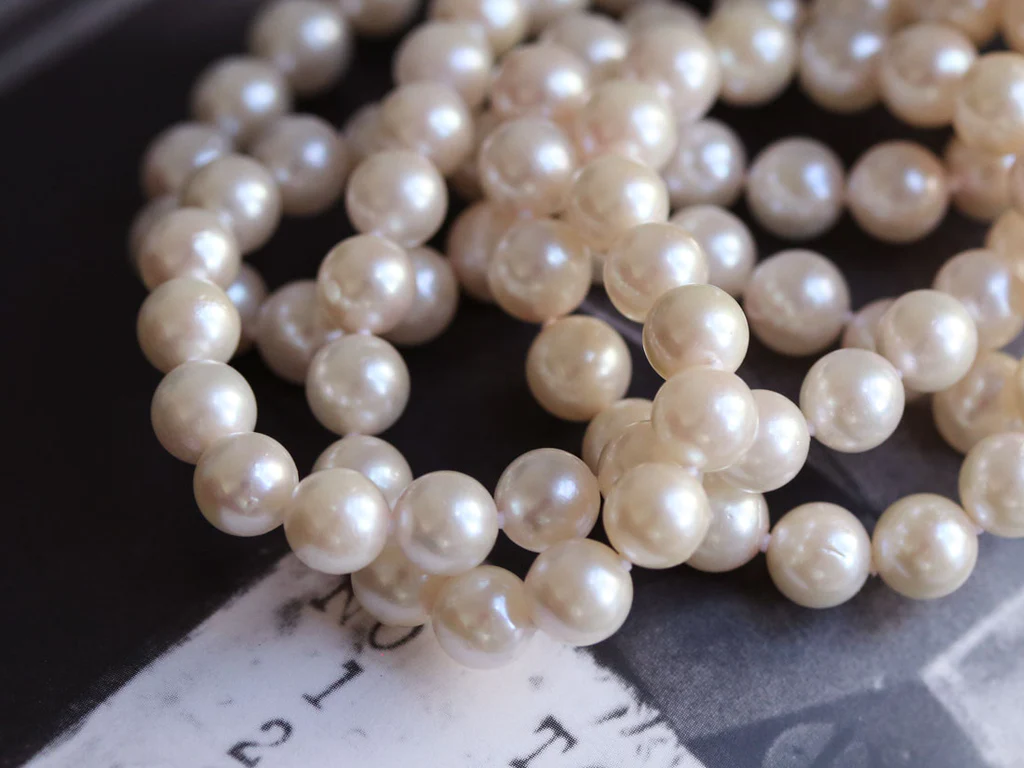
Pearls aren’t just relics of the past; they’re ever-evolving icons of style. Tracing the transformative journey of pearl jewelry, we’ll explore how contemporary trends and celebrity influences have breathed fresh life into these classic jewels.
Pearl Fashion Trends
While the classic pearl strand remains a staple, designers today are pushing the boundaries with pearls. Modern designs incorporate asymmetry, mixed metals, and even combine pearls with other gemstones, offering a fresh twist to traditional styles. This versatility means pearls can grace casual outfits just as beautifully as they do elegant evening gowns.
Celebrity Influences
From Audrey Hepburn’s iconic pearl necklace in “Breakfast at Tiffany’s” to Rihanna’s modern and bold pearl looks, celebrities have been pivotal in shaping pearl jewelry trends. Their influence extends beyond the red carpet, making waves in fashion circles and driving public interest in unique pearl pieces.
Choosing the Right Pearl Jewelry for You
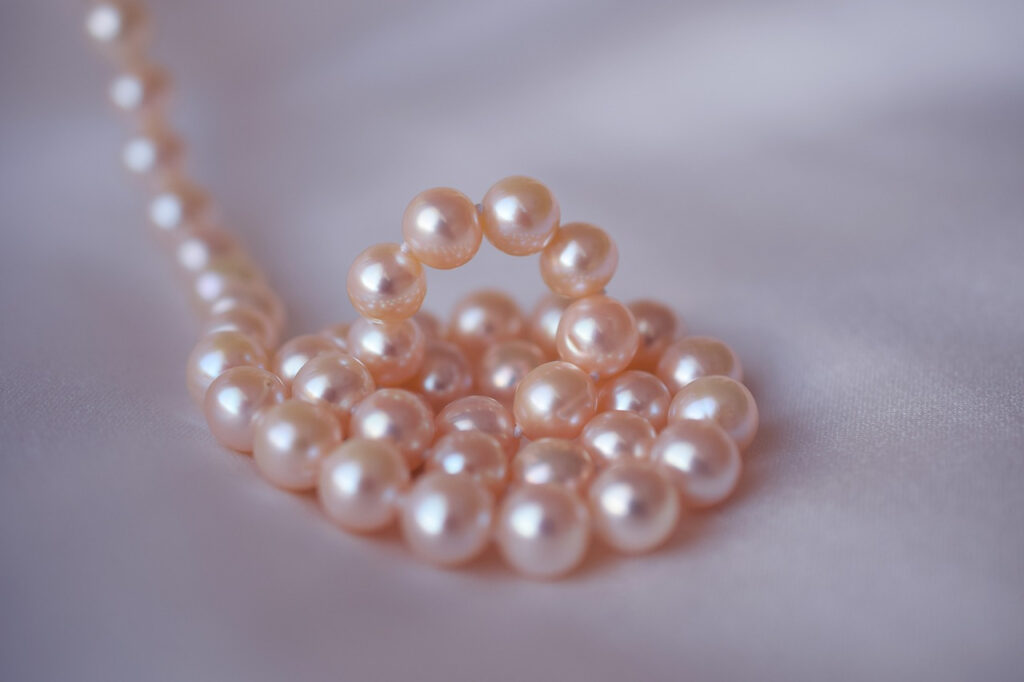
Pearls, in their diverse beauty, offer something for everyone. Whether you’re navigating the world of pearls for the first time or looking to add to your collection, delve into the art of selecting pieces that resonate with your personal style and enhance your unique charm.
Consider Your Style
Pearl jewelry offers a broad spectrum of styles. If you lean towards classic elegance, a traditional pearl strand might be your go-to. However, if you’re more contemporary, a baroque pearl pendant or earrings with mixed materials might be more fitting. Whether you prefer making a statement or favor subtlety, there’s a pearl piece out there for you.
Skin Tone and Pearl Color
Pearls come in various hues, and some might complement your skin tone better than others. For cooler skin tones, pearls with blue or pink undertones, like Akoya or some Freshwater pearls, are ideal. For warmer skin tones, golden South Sea pearls or cream-colored pearls can be more flattering.
Pearl Size and Length
Depending on the occasion and outfit, different pearl sizes and lengths can be appropriate. Choker-length strands might be perfect for casual outings, while a matinee or opera-length strand can elevate a formal look. Larger pearls can be more dramatic, while smaller ones exude understated elegance.
Setting and Metal Choices
The metals used in pearl jewelry can accentuate the pearl’s beauty. Yellow gold can enhance the warmth of golden South Sea pearls, while white gold or platinum can highlight the cool sheen of Akoya or Tahitian pearls.
Care and Maintenance of Pearl Jewelry
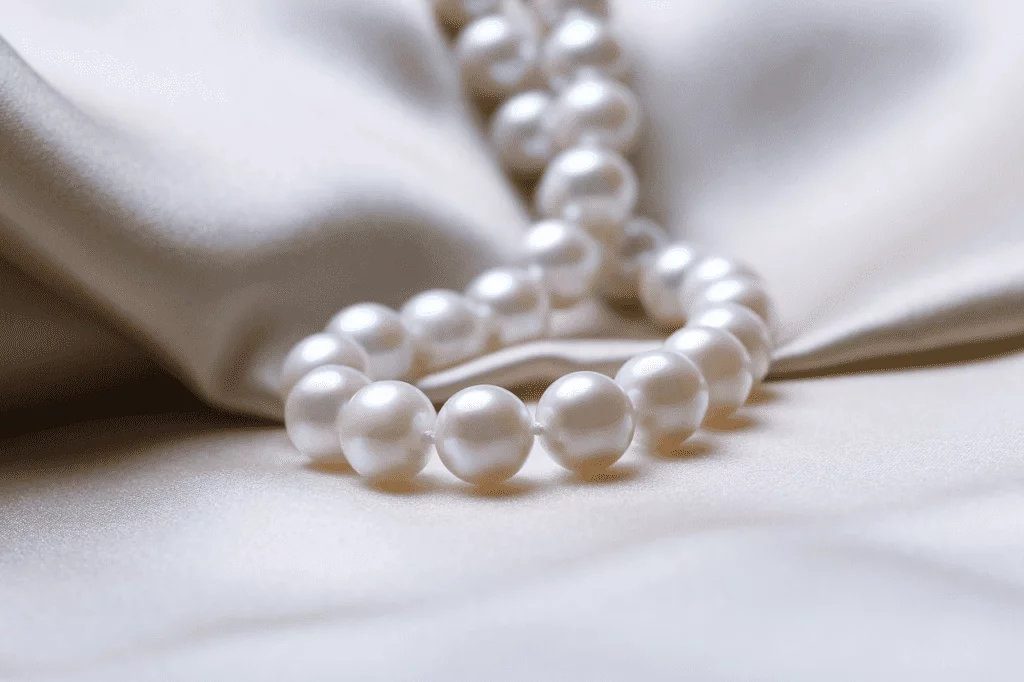
The delicate nature of pearls demands tender love and care. Unearth valuable tips on preserving the luster, ensuring longevity, and keeping your pearl jewelry looking pristine for generations to come.
Cleaning Tips
Pearls are delicate and require gentle care. When cleaning, use a soft cloth dampened with water. Avoid abrasive materials and chemicals, including perfumes and hairsprays, which can diminish the pearl’s luster.
Storage Solutions
When storing pearls, ensure they’re separated from other jewelry to prevent scratches. Soft pouches or pearl folders are ideal for this purpose. Also, wearing your pearls occasionally lets them absorb some of the skin’s natural oils, maintaining their luster.
Periodic Professional Check-ups
Even with meticulous care, it’s wise to have your pearl jewelry inspected by professionals annually. They can ensure the integrity of the settings and the pearls themselves, ensuring your jewelry lasts for generations.
Ethical Considerations
In an era that prioritizes sustainability and fairness, it’s vital to approach the world of pearls with a conscious mind. Learn about sustainable pearl farming practices and the importance of supporting fair trade, ensuring your jewelry choices align with ethical standards.
Sustainable Pearl Farming
As with any industry, sustainability is crucial. Pearl farming can impact marine ecosystems. Thankfully, many pearl farmers today employ sustainable practices, ensuring minimal disruption to the environment and even promoting coral reef protection.
Fair Trade Pearls
Supporting fair trade ensures that pearl farmers receive fair wages and work under ethical conditions. By purchasing from fair trade sources, you’re promoting a more equitable and just industry.
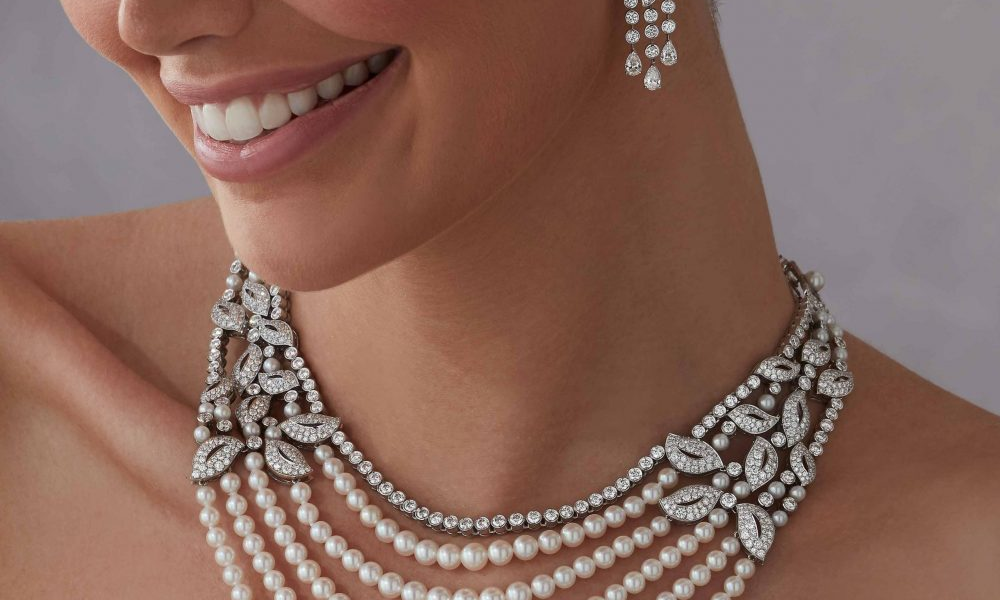
Conclusion
Pearls, with their iridescent allure and timeless charm, are more than just gemstones. They’re a testament to nature’s ability to craft beauty from adversity. Whether you’re drawn to the classic styles of yesteryears or the innovative designs of modern times, pearls offer a unique blend of tradition and evolution, making them a cherished addition to any jewelry collection.

